Research
Search our website
Search our website by entering a keyword or choose a database above to search specifically.
Search
Showing search results 3,561 - 3,570
14,722 results found

Endive harvesting fork
This text can only be consulted in Dutch
<https://www.mot.be/resource/Tool/endive-harvesting-fork?lang=nl>

File brush
Steel brush made of short (approx. 1 cm) kinked metal wires that protrude
through a thick (approx. 0.4 cm) piece of fabric. The latter is glued to a
thin board (length approx. 10-15.5 cm; width approx. 2.5-5.5 cm) with a
handle or a wooden block. A file brush is used to remove wood or metal
filings from the file. Brushing is done in the direction of the file cut.
[MOT

Erasing knife
There are different models of erasing knives. They are used mostly in the
office to scrape pencil lines or ink stains from the paper. See also
penknife. For more technical information see the dutch version of this
page. [MOT]

Enema syringe
Metal (tin or copper) or rubber syringe (1) with which an enema is applied
through the vent opening in the rectum, for example to promote bowel
movements or to administer medicines or food (2); for humans an irrigator
is also used, sometimes an enema. The enema sprayer for livestock, where
one applies 3 to 4 liters (3), is about 60-70 cm long. This one for people,
about 20 cm. See also the syringer for flowers. [MOT] (1) Exceptionally
also glass (BENNION: 170). (2) Tobacco smoke was sometimes used to
reanimate drowning people. (3) Larousse agricole s.v. lavement.

Fillet
This text can only be consulted in Dutch
<https://www.mot.be/resource/Tool/fillet?lang=nl>

Eyelash curler
This text can only be consulted in Dutch
<https://www.mot.be/resource/Tool/eyelash-curler?lang=nl>

Excluder cleaning tool
This text can only be consulted in Dutch
<https://www.mot.be/resource/Tool/excluder-cleaning-tool?lang=nl>

File cutter's hammer
Description under construction... For more information about this tool, see
the dutch version of this file.

Exagonal key
This text can only be consulted in Dutch
<https://www.mot.be/resource/Tool/exagonal-key?lang=nl>

Extracting forceps
The dentist has a set - a minimum of ten - of forceps to extract the teeth.
The direction of the mouth, its opening width and the shape of the jaws are
each adapted to specific teeth. There are pliers for the upper and for the
lower teeth, for the left and for the right teeth, for the incisors and
canines, for the molars and for the wisdom teeth. [MOT]








